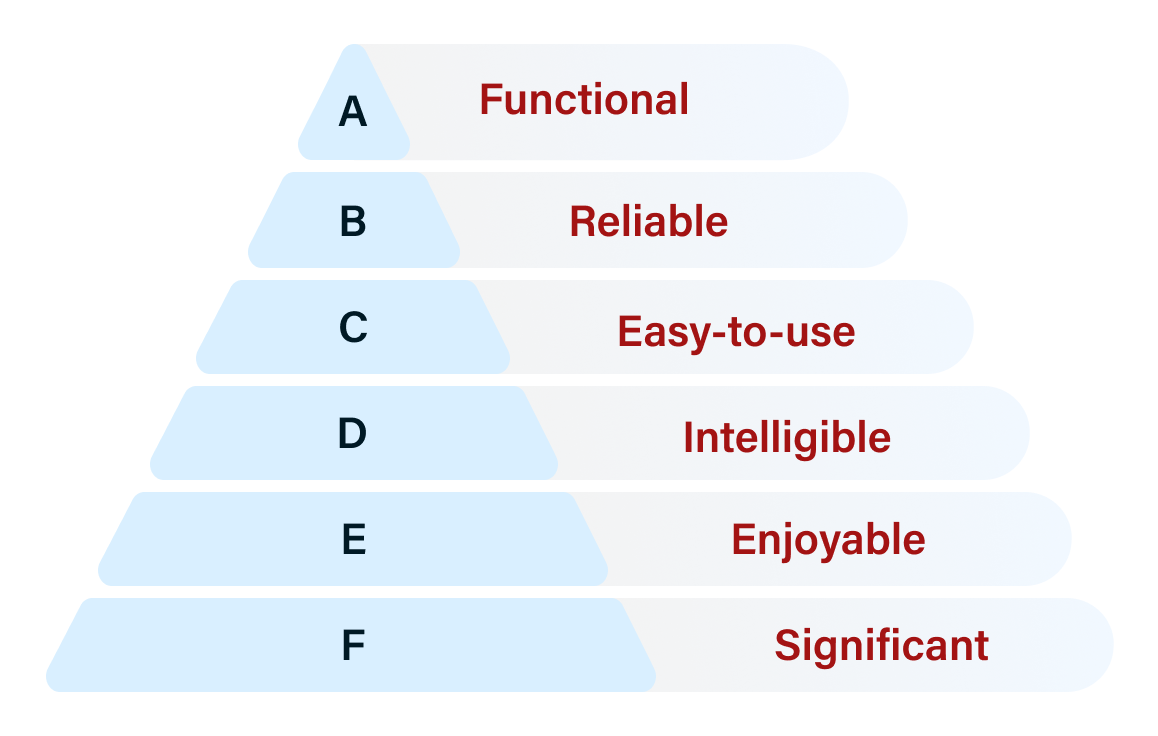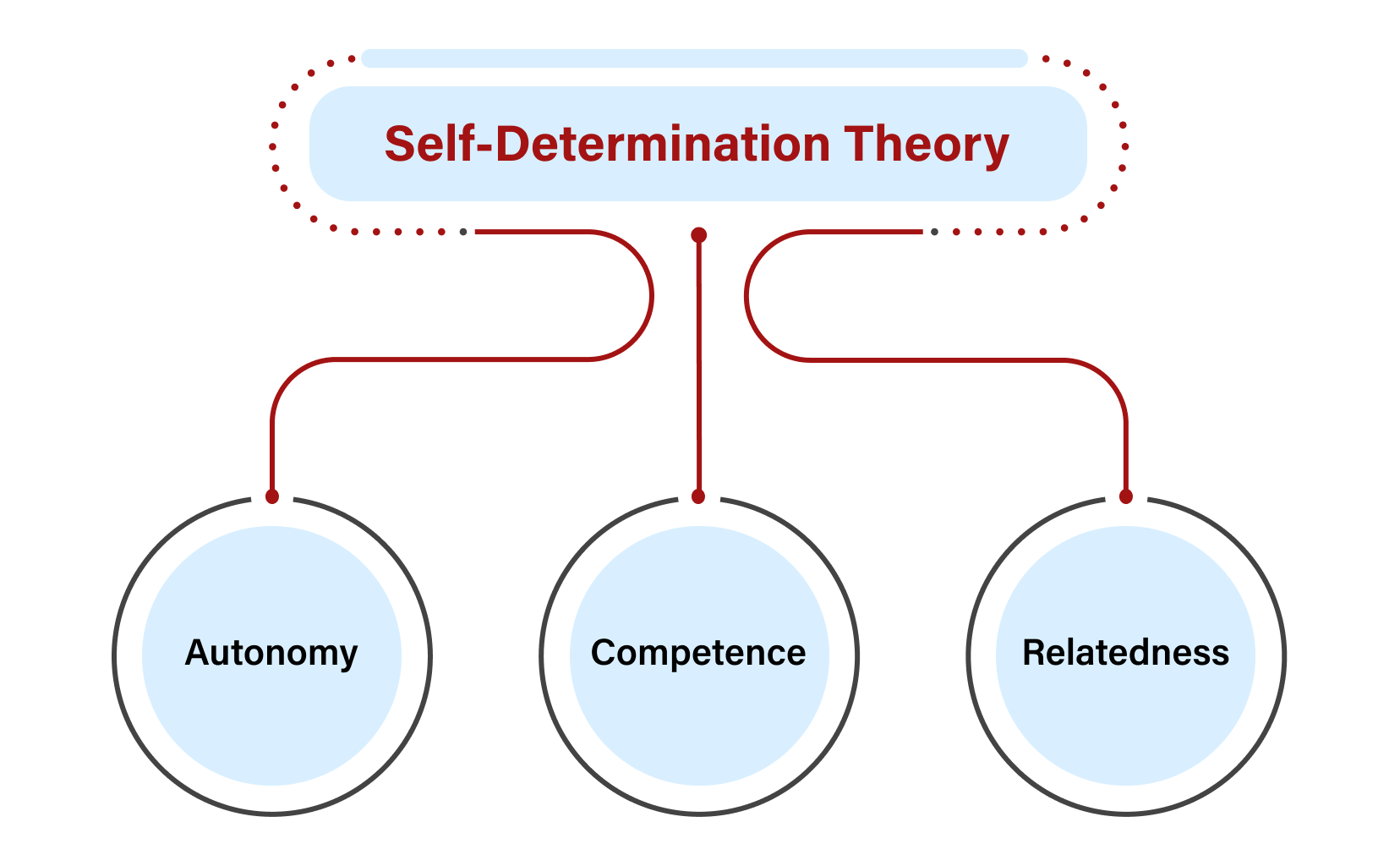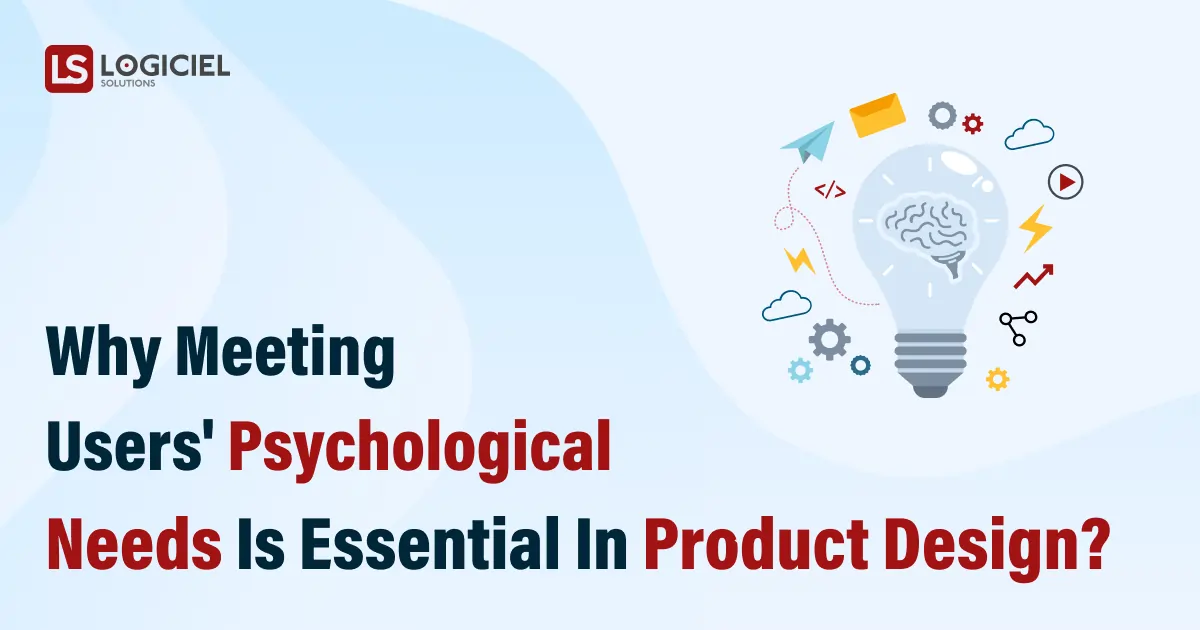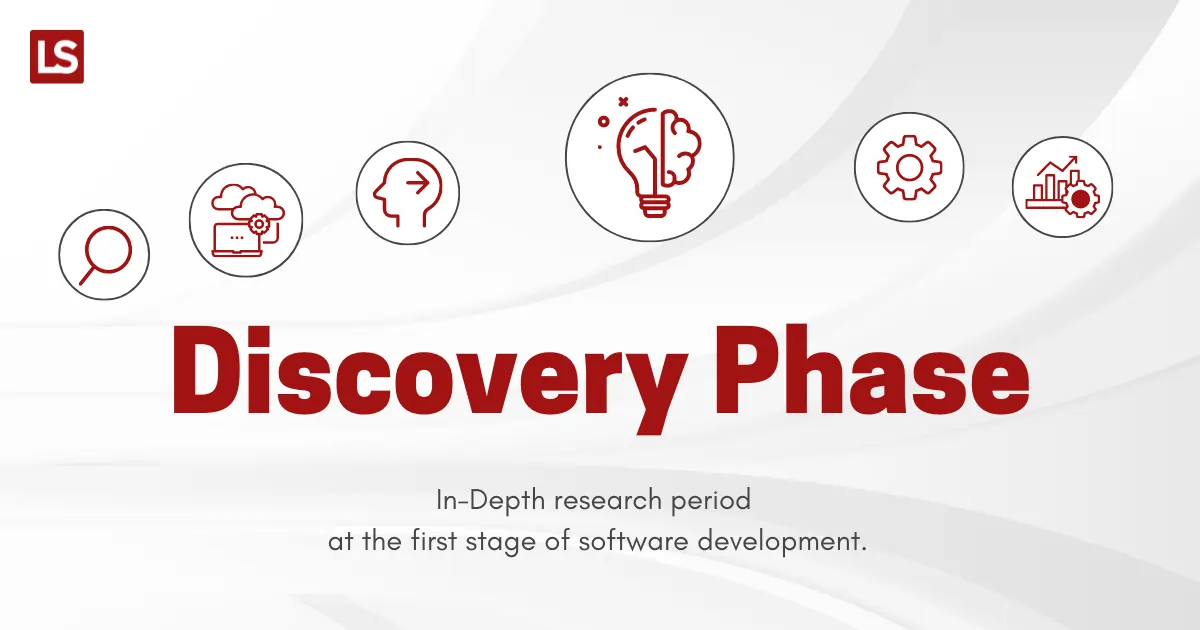Conceptualization of a product often stems from identifying a problem or a gap in the market that calls for a solution. However, catering to these needs goes beyond just the idea; it requires a deep understanding of cognitive and behavioral psychology of your target users that allows you to anticipate and comprehend their requirements at every stage, ensuring a seamless experience. Here, UX design takes center stage. While an appealing design is essential, it’s just the beginning of the journey towards providing exceptional user satisfaction.
So, what truly enhances user engagement? It’s more than just an intriguing, user-friendly design. A comprehensive grasp of user psychology and its excellent execution in UX, might transcend user expectations. Let’s begin with the psychological needs of your users to provide you with a comprehensive understanding.
Maslow’s Hierarchy of Needs
Maslow’s Hierarchy of Needs is a psychological theory proposed by Abraham Maslow in the mid-20th century. It suggests that human motivation and behavior are driven by a series of hierarchical needs, with some needs taking precedence over others. The hierarchy is often visualized as a pyramid, with the most fundamental needs at the base and higher-level needs at the top.
Self-Actualization aspires for personal growth, self-fulfillment, and the realization of one’s full potential.
Esteem involves feeling valued, respected, and having a sense of accomplishment and recognition.
Love/Belonging relates to the desire for social connections, meaningful relationships, and a sense of belongingness.
Safety Needs encompasses the need for physical and emotional safety, stability, and security in one’s environment and life circumstances.
Physiology is the basic necessities for survival, including air, water, food, shelter, and rest.
Understanding your users’ needs is not a smooth selling but, don’t worry – we have got you covered! Based on Maslow’s theory, we created a pyramid of user psychological needs, with higher demands at the top and fundamental needs at the bottom, to help create outstanding designs. Keep in mind that, just as the peak of one mountain is the base of the next, the satisfaction of one desire leads to the creation of other demands.

Functional
Users expect a product to serve its primary objective and deliver the core offering efficiently. You must concentrate on meeting the most basic needs; if the product fulfills its promise, you should pursue further development. In the case of a messaging app, the functional need is met by enabling users to send and receive messages in real-time without delays or errors. If the app frequently fails to deliver messages promptly, it fails to meet this fundamental need.
Reliable
Reliability is as crucial as functionality in design. It encompasses the user’s confidence that the product will consistently perform its intended tasks without fail. Without this trust, user investment is unlikely. Consider a cloud-based project management tool. For it to be considered reliable, it must consistently allow users to create, manage, and track projects without encountering unexpected downtime or data loss.
Easy-to-use
It aligns with the need for social interaction and belonging. Users want an interface that feels familiar, intuitive, and easy to navigate creating a sense of connection with the product. For instance, consider a social media app. Users expect features like easily accessible profiles, intuitive post creation, and straightforward ways to connect with friends. If the app’s interface is cluttered and difficult to navigate, it hinders the user’s sense of belonging.
Intelligible
Users want to feel competent and knowledgeable while using a product. They seek clear feedback and instructions, which empowers them to feel in control and capable. Let’s say, in a task management tool, providing clear labels, intuitive icons, and straightforward instructions helps users efficiently organize and prioritize their tasks. This clarity boosts their confidence in using the product effectively.
Enjoyable
Creating an enjoyable user experience involves infusing elements that bring pleasure, satisfaction, and delight during product interaction. This could be achieved through thoughtful design elements, engaging animations, or even personalized touches. For example, a customer relationship management (CRM) incorporates features like customizable dashboards, interactive data visualization, and personalized notifications. These elements not only streamline workflow but also add a layer of enjoyment to the user’s interaction with the software, making tasks more engaging and gratifying.
Significant
A significant user experience transcends mere functionality; it resonates with the user on a deeper level, providing meaningful value or insight. It often involves features or content that go beyond the basic requirements, offering unique and impactful experiences. By way of example, a financial planning tool might not only track expenses but also provide personalized saving strategies based on individual spending habits, adding a significant dimension to the user’s financial well-being.
We’ve talked a lot about the users’ hierarchical needs, so let’s go a little deeper. The self determination theory provides a clear understanding of users’ cognitive processing.
Self-Determination Theory (SDT)
It is a psychological framework that emphasizes the innate human need for autonomy, competence, and relatedness in driving motivation and behavior. According to SDT, individuals have an inherent drive to seek autonomy in their actions, demonstrating a sense of control over their choices and decisions. Competence refers to the desire to feel capable and effective in one’s endeavors. Relatedness involves the need for meaningful social connections and a sense of belonging.

In design, applying SDT involves creating experiences that support users’ autonomy, competence, and relatedness that may include, providing customizable settings in an app offering users a sense of autonomy, allowing them to personalize their experience. Offering clear instructions and intuitive navigation promotes a feeling of competence, as users can effectively accomplish their tasks. Additionally, fostering a sense of community or social interaction within a platform fulfills the relatedness need.
Let’s understand this better with the help of an example, consider a project management SaaS platform. To support autonomy, the platform could provide customizable project workflows, allowing users to structure tasks according to their preferences, empowering users to manage their projects in a way that aligns with their individual work style.
In terms of competence, the platform could offer features like progress tracking, milestone achievements, and performance analytics providing users with clear feedback on their project management skills and helps them feel capable and effective in their work.
Relatedness can be fostered through collaborative features such as team communication channels, shared task boards, and collaborative document editing.
By incorporating elements that align with the principles of Self-Determination Theory, designers can create products and experiences that resonate with users on a deeper psychological level, ultimately leading to higher engagement and satisfaction.
Wrapping Up
With technology becoming more accessible, creating functional products is within reach for many. The real challenge lies in truly comprehending your customer’s needs and behavior. Transforming this understanding into emotionally impactful design—something that is not only elegant and beautiful but also genuinely distinctive—will be pivotal in providing an exceptional customer experience. This, in turn, will translate into a competitive edge and foster growth.




